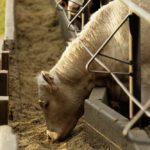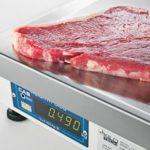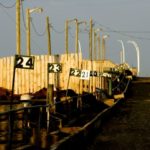Better rainfall has meant more feed on much of the Prairies, but creep feeding beef calves still pays well in 2025.

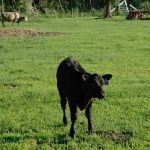
Better Bunks and Pastures: With calf values high, creep feeding makes even more sense

Costs of Production: Benchmarks provide evaluations of how costs relate to income

Conditions are developing that should support record calf prices next fall
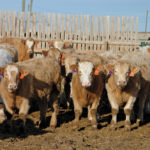
Market Update with Jerry Klassen: Both the U.S. and Canada produced smaller calf crops in 2019

